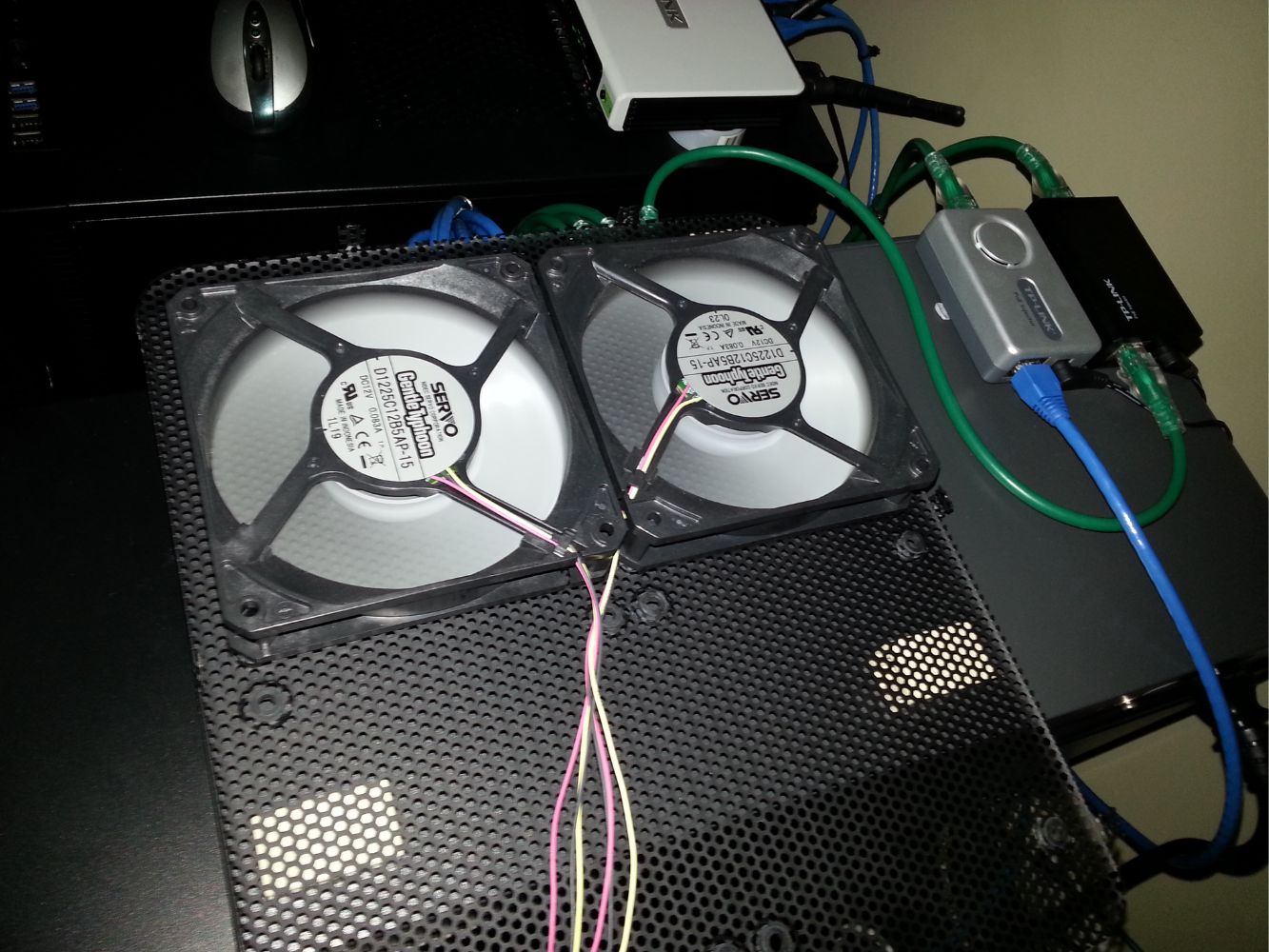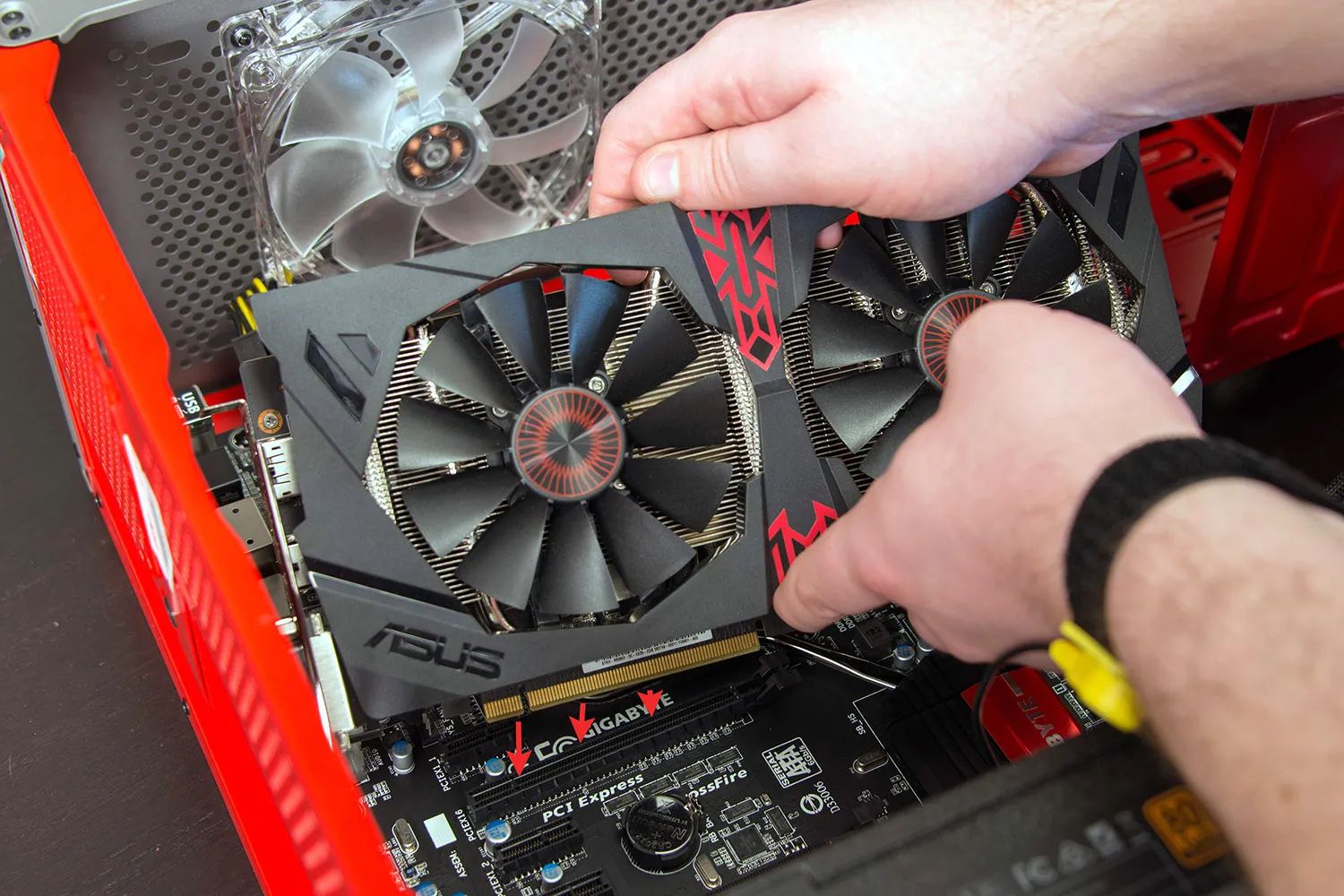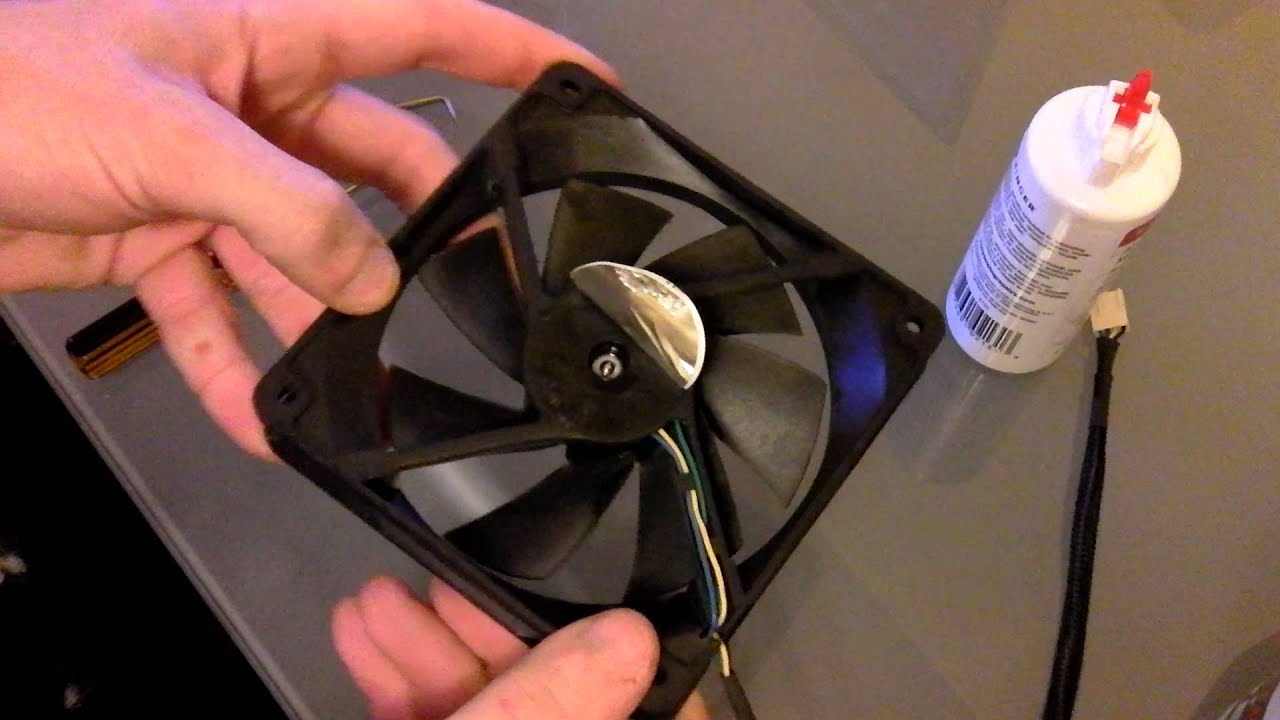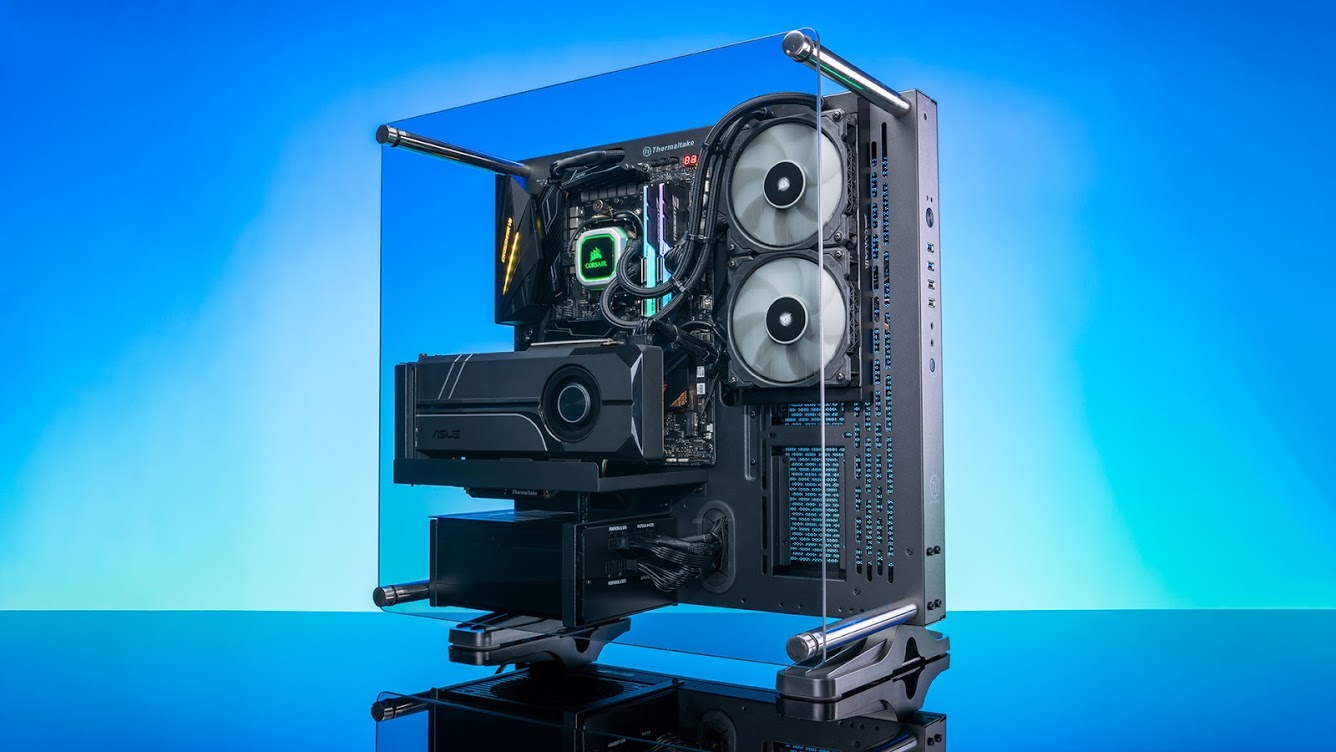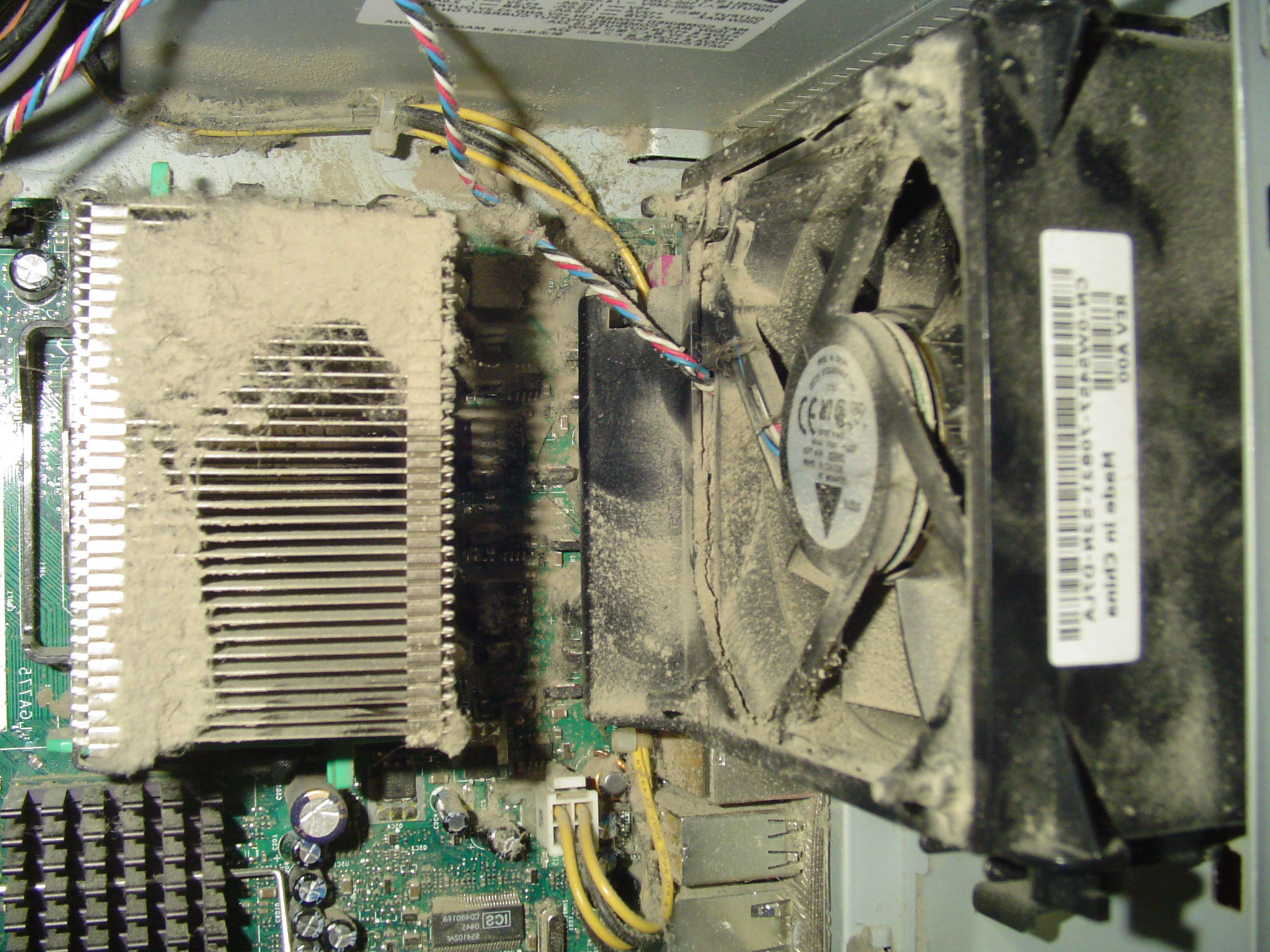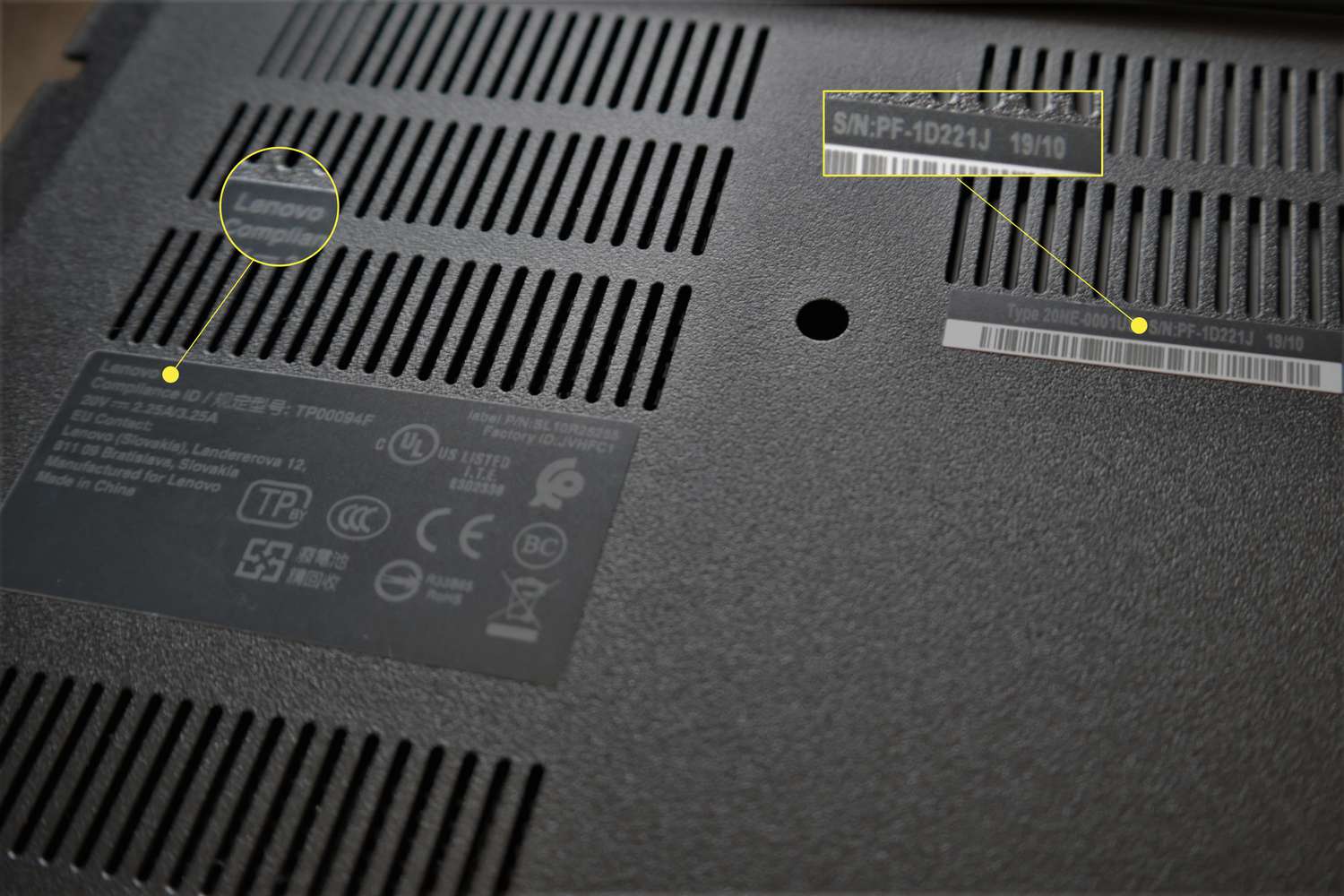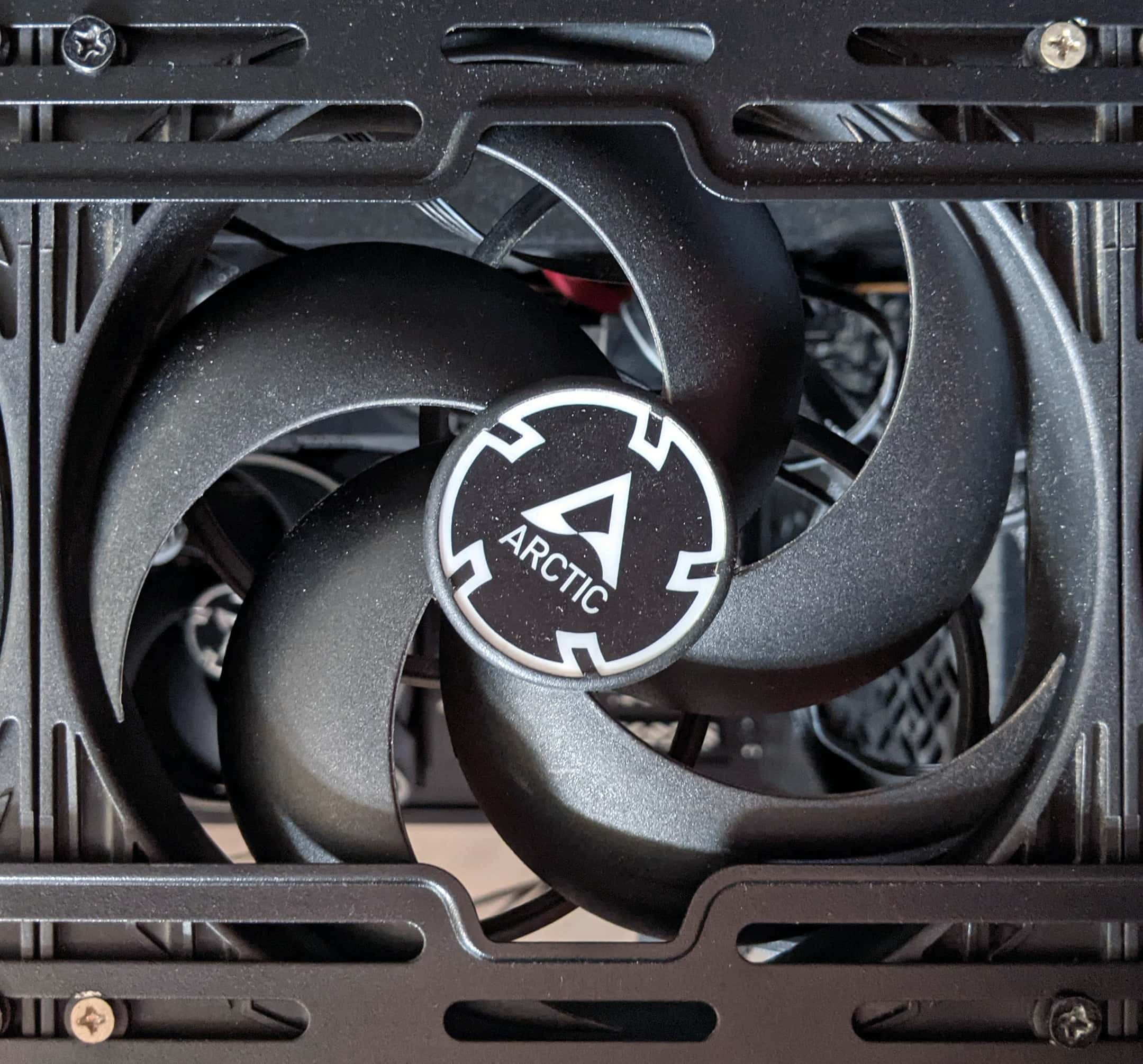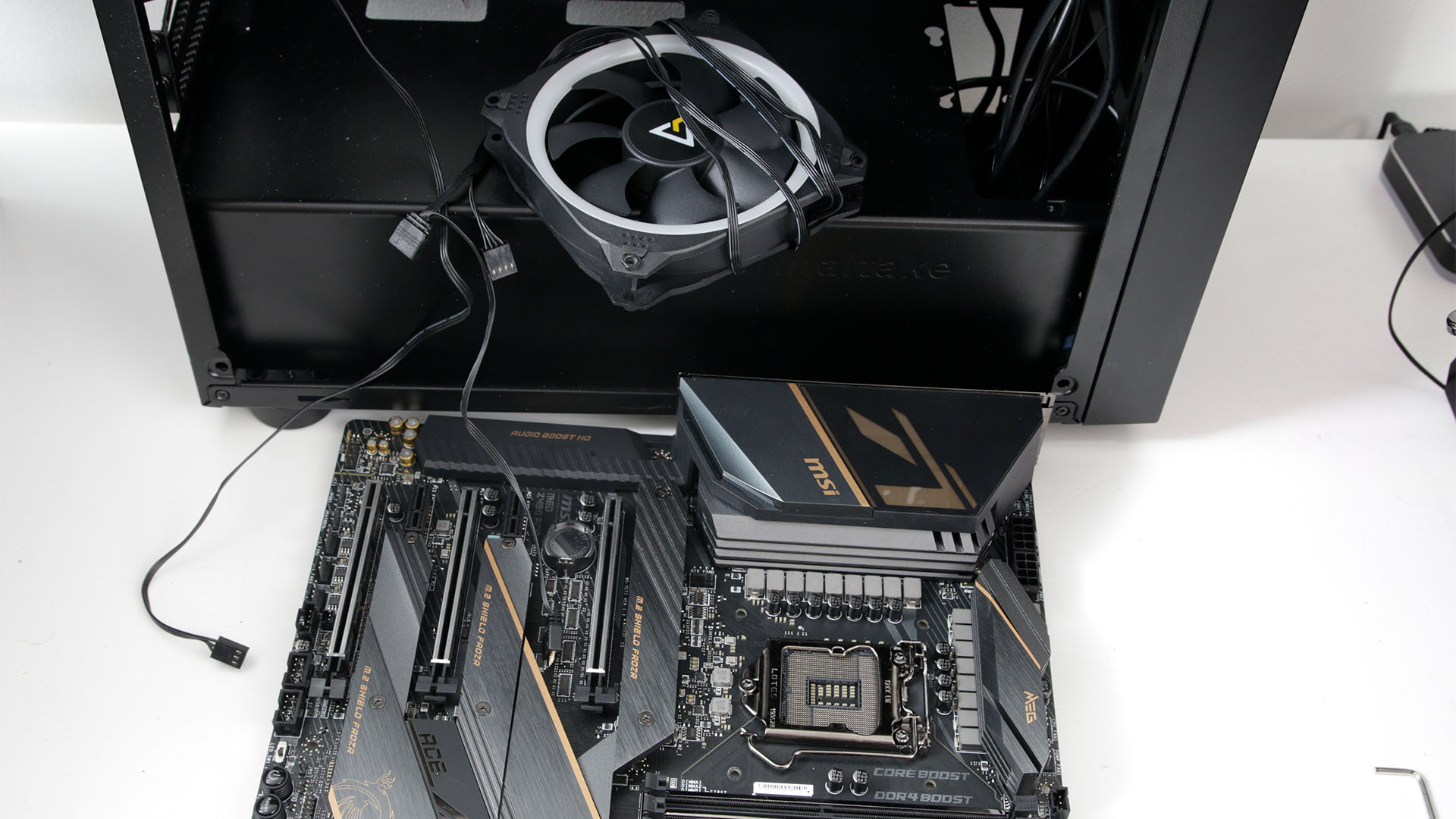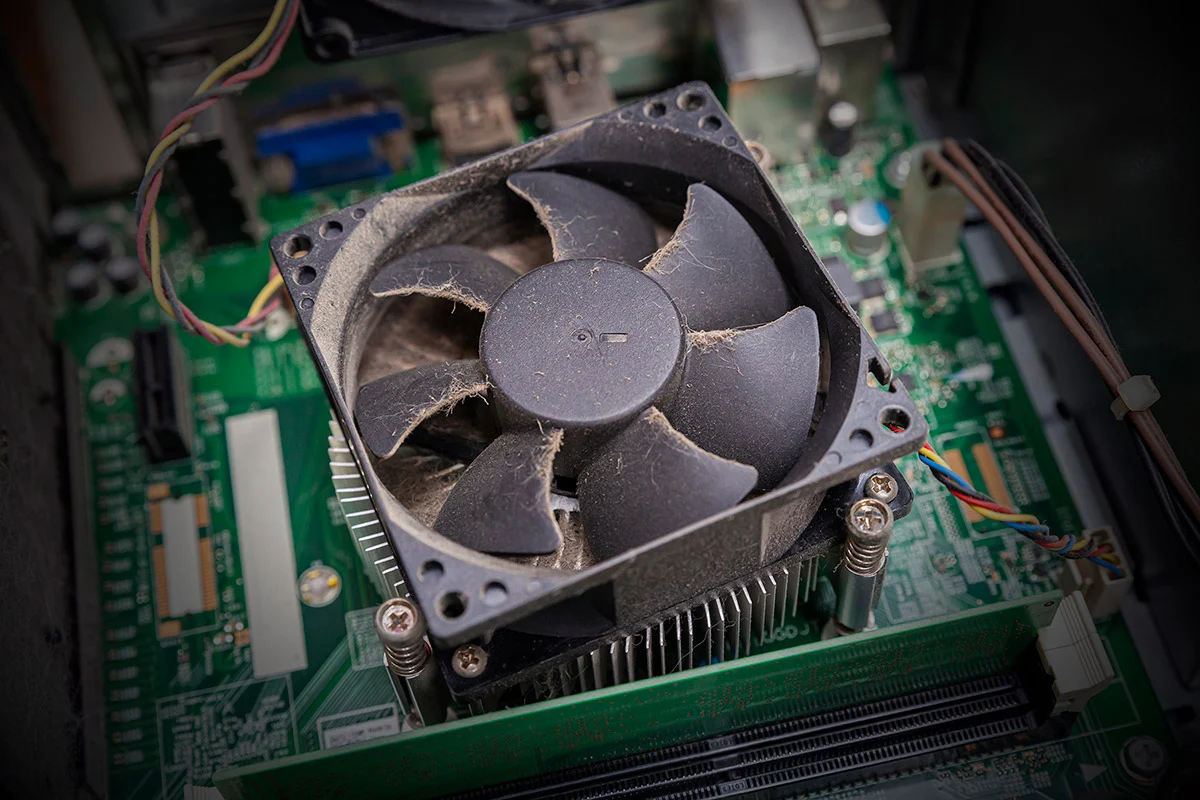Introduction
Welcome to our comprehensive guide on understanding the electricity usage of PC case fans. If you’re a tech enthusiast or a computer user, you’ve likely come across these small yet essential components. PC case fans play a vital role in maintaining optimal temperatures inside your computer, helping to prevent overheating and ensuring proper airflow.
In this article, we will delve into the world of PC case fans to shed light on their energy consumption. We will explore how these fans work, factors that affect their energy usage, and how to calculate the cost of running them. Additionally, we will provide some helpful tips for reducing their energy consumption to not only save money but also minimize our environmental impact.
Understanding the energy usage of PC case fans is crucial, especially in today’s world where energy efficiency and sustainability are becoming increasingly important. By being aware of how much electricity these fans consume, we can make more informed decisions when it comes to building or upgrading our computer systems.
So, whether you are a gaming enthusiast, a professional content creator, or simply a regular computer user, this guide will equip you with the knowledge you need to better understand the energy consumption of PC case fans and how to optimize their usage.
What is a PC Case Fan?
A PC case fan is a small cooling device designed to circulate air within the computer’s case. It is typically installed in the front, rear, or sides of the computer case and is crucial for maintaining optimal operating temperatures for various components, such as the central processing unit (CPU), graphics card, and motherboard.
The main purpose of a PC case fan is to dissipate heat generated by these components. As computer hardware becomes more powerful, the heat generated also increases. Without adequate cooling, the components can overheat, leading to reduced performance, system instability, and even permanent damage.
PC case fans typically use a combination of blades and a motor to move air. When the fan is powered on, the blades rotate, creating airflow within the computer case. As the air circulates, it helps remove the heat generated by the components and brings in fresh, cooler air from outside the case.
There are various sizes and types of PC case fans available, ranging from 80mm to 200mm in diameter. They can be categorized based on factors such as airflow, noise levels, and the presence of LED lighting. Some high-performance PC cases even come with multiple fan mounts, allowing users to install several fans for enhanced cooling.
In addition to standard PC case fans, there are also specialty fans designed for specific purposes. For example, there are CPU coolers that use a combination of heat pipes and fans to cool the processor, and graphics card fans that help dissipate the heat generated by the GPU.
Overall, PC case fans are essential components in any computer system, ensuring efficient cooling and preventing thermal issues. Their ability to maintain optimal temperatures helps prolong the lifespan of the hardware and ensures reliable performance, making them a must-have for any PC enthusiast or professional.
How PC Case Fans Work
PC case fans work on a simple principle: they generate airflow to dissipate heat and maintain proper ventilation inside the computer case. Understanding how they work can give us insight into how they consume electricity.
PC case fans consist of two main components: the blades and the motor. The blades, often made of plastic or metal, are curved to create airflow as they rotate. The motor, typically a brushless DC motor, provides the necessary power to rotate the blades at a high speed.
When the fan is powered on, the motor receives an electric current, which creates a magnetic field. This magnetic field then interacts with the permanent magnets within the motor, causing the motor shaft to rotate. As the shaft rotates, it spins the blades, generating airflow.
The airflow created by the rotating blades serves two main purposes. First, it helps dissipate the heat generated by the computer components. As the fan blows air over the components, heat is transferred from the components to the air, carrying it away from the system.
Secondly, the airflow helps maintain proper ventilation within the computer case. By constantly circulating air, the fan prevents stagnant pockets of hot air from forming. This ensures that cooler air is constantly brought in to replace the hot air, helping to maintain optimal temperatures.
Many PC case fans also feature speed control mechanisms, allowing users to adjust the fan’s speed according to their needs. Speed control can be achieved through manual switches included with the fan or through software control on the computer. By adjusting the fan speed, users can find a balance between cooling performance and noise level.
It’s important to note that not all PC case fans are created equal in terms of airflow and noise levels. The design of the blades, the number of blades, and the fan’s overall construction can all impact its performance. When choosing a fan, it’s essential to consider these factors to find one that meets your cooling requirements.
In the next section, we will explore the various factors that can affect the energy consumption of PC case fans, helping us understand their impact on our electricity usage.
Factors Affecting the Energy Consumption of PC Case Fans
The energy consumption of PC case fans can vary based on several factors. Understanding these factors can help us make informed decisions about our computer’s cooling system and optimize energy usage. Let’s explore the key factors that affect the energy consumption of PC case fans:
1. Fan Speed: The speed at which a PC case fan operates directly impacts its energy usage. Higher fan speeds generally result in increased airflow and cooling effectiveness but also consume more energy. Conversely, lower fan speeds consume less energy but may provide reduced cooling performance. Adjusting the fan speed to a balance between cooling needs and energy efficiency is essential.
2. Fan Size: The size of a PC case fan plays a role in its energy consumption. Larger fans tend to move more air at lower speeds, providing efficient cooling with lower energy consumption. Smaller fans, on the other hand, may need to spin faster to achieve the same airflow, leading to higher energy usage. Consider the available space in your computer case and choose a fan size that suits your cooling requirements while balancing energy efficiency.
3. Fan Design and Construction: The design and construction of a PC case fan can impact its energy consumption. Fans with well-designed blades and optimized airflow patterns can provide efficient cooling with less energy. Additionally, fans with advanced motor technology, such as brushless DC motors, tend to be more energy-efficient compared to older motor designs.
4. Fan Load: The workload placed on a PC case fan affects its energy consumption. For example, if the fan needs to work harder to overcome airflow restrictions caused by dust accumulation or obstructed vents, it will consume more energy. Regularly cleaning your computer case and ensuring proper airflow can help reduce the workload on the fan and improve energy efficiency.
5. Fan Quantity: The number of PC case fans installed in your computer case also affects energy consumption. Adding more fans can improve airflow and cooling performance, but it also increases the overall energy usage. Therefore, it’s important to assess your cooling requirements and choose the optimal number of fans to strike a balance between cooling efficiency and energy consumption.
6. Fan Control: The method used to control the PC case fans can impact energy usage. Most fans come with either manual control switches or software-based control. Manual control allows users to adjust the fan speed according to their needs, enabling them to optimize cooling performance and energy consumption. Software control offers more advanced options, such as temperature-based fan speed adjustments, allowing for greater flexibility in managing energy usage.
By considering these factors and making informed decisions about fan speed, size, design, workload, quantity, and control, we can effectively manage the energy consumption of PC case fans while ensuring optimal cooling for our computer systems.
Understanding Electricity Usage Measurements
Before we dive into calculating the energy consumption of PC case fans, it’s important to understand the various measurements used to quantify electricity usage. This knowledge will help us accurately gauge the impact of our PC case fans on our overall energy consumption. Let’s explore the key terms and measurements:
1. Wattage (W): Wattage is a unit of power and represents the rate at which electrical energy is consumed or produced. It is the most common measurement used to describe the energy consumption of electronic devices, including PC case fans. The higher the wattage, the more energy the device consumes. Make sure to check the wattage rating of your PC case fan to understand its power consumption.
2. Kilowatt-hour (kWh): Kilowatt-hour is a measurement commonly used to describe the amount of energy consumed or produced over a specific period. It is equal to one kilowatt of power consumed or produced for one hour. To calculate the energy consumption of a PC case fan, you will need to convert the wattage into kilowatts and multiply it by the number of hours the fan runs per day.
3. Energy Star Ratings: Energy Star is a program developed by the Environmental Protection Agency (EPA) and the Department of Energy (DOE) to encourage energy efficiency in electronic devices. Many PC case fans and computer components carry an Energy Star rating, indicating their energy-efficient design. Energy Star ratings can guide consumers in choosing more energy-efficient options for their PC cooling needs.
4. Energy Costs: To understand the financial impact of operating your PC case fans, you need to consider the energy costs. The cost of electricity can vary depending on factors such as your location and the utility provider. It is typically measured in cents per kilowatt-hour (¢/kWh). By multiplying the energy consumption of your PC case fan in kilowatt-hours by the cost per kilowatt-hour, you can determine the cost of running the fan over a specific period.
5. Standby Power: Standby power, also known as vampire power or phantom load, refers to the energy consumed by electronic devices when they are not in use but still plugged in. Some PC case fans may continue to consume a small amount of power even when the computer is turned off. To minimize standby power consumption, consider using a power strip with an on/off switch or completely unplugging the fan when not in use.
By familiarizing ourselves with these electricity usage measurements, we can better understand the energy consumption of PC case fans and make informed decisions about their usage and optimization.
Average Power Consumption of PC Case Fans
The average power consumption of PC case fans can vary depending on various factors such as fan size, design, speed, and load. While it is difficult to provide an exact number that applies to all PC case fans, we can provide a general range to give you an idea of their energy usage.
On average, PC case fans consume between 1 watt (W) to 5 watts (W) of power. This range applies to most standard-sized fans commonly used in computer cases. However, larger and high-performance fans, such as those with a diameter of 200mm, may consume slightly more power, reaching up to 10 watts (W).
It’s important to note that the power consumption mentioned above is for a single PC case fan operating at its maximum speed. If you have multiple fans installed in your computer case, you will need to factor in their combined power consumption.
Additionally, the actual power consumption of a fan may vary depending on the fan speed. Generally, fans running at higher speeds consume more power than those running at lower speeds. Therefore, if you have control over the fan speed, adjusting it to a lower setting can help reduce power consumption without sacrificing too much cooling performance.
It’s worth mentioning that modern PC case fans are often designed with energy efficiency in mind. Many manufacturers strive to develop fans that provide optimal cooling while minimizing power consumption. Look for fans that are Energy Star certified or have a reputation for being energy-efficient to ensure you are making a conscious choice towards reducing energy consumption.
Calculating the exact power consumption of a specific PC case fan can be challenging without specialized equipment. To get a more accurate estimation, you can use a device called a watt meter, which plugs into the wall socket and measures the power consumption of the fan in real-time.
Keep in mind that power consumption alone doesn’t tell the whole story. Factors such as airflow, cooling efficiency, and noise level must also be considered when choosing PC case fans. It’s a delicate balance between power consumption and performance to meet your cooling needs.
In the next section, we will explore how to calculate the cost of running PC case fans, taking into account their power consumption and energy costs.
Calculating the Cost of Running PC Case Fans
Calculating the cost of running PC case fans involves considering their power consumption and the energy costs of your electricity provider. By understanding the energy usage of your fans and the cost of electricity, you can determine the financial impact of operating them. Here’s how to calculate the cost:
1. Determine the power consumption: Start by identifying the power consumption of each PC case fan in watts (W). This information can usually be found in the fan’s specifications or user manual. If you have multiple fans, add up their power consumption to get the total power usage.
2. Convert the power consumption: Convert the power consumption from watts (W) to kilowatts (kW) by dividing the total power usage by 1000. This is because most energy costs are measured in kilowatt-hours (kWh).
3. Determine the operating time: Estimate the average number of hours per day that your PC case fans are running. For example, if your fans are operational for 8 hours per day, use this value in the calculation.
4. Calculate the energy consumption: Multiply the power consumption in kilowatts (kW) by the number of hours of operation per day. This gives you the energy consumption of your PC case fans in kilowatt-hours (kWh) per day.
5. Check your energy costs: Consult your electricity bill or contact your energy provider to find the cost of electricity per kilowatt-hour (¢/kWh). Multiply this rate by the energy consumption of your PC case fans to calculate the daily cost of operation.
6. Calculate the monthly or annual cost: If desired, multiply the daily cost of operation by the number of days in a month to estimate the monthly cost. Similarly, for an annual cost, multiply the daily cost by the number of days in a year.
Keep in mind that the cost of running PC case fans is typically minimal compared to other components in a computer system. However, if you have multiple fans or they run for extended periods, it can still contribute to your overall energy expenses.
To optimize energy usage and reduce costs, consider implementing some energy-saving practices. For instance, only run fans when necessary, adjust fan speeds to balance cooling needs and energy consumption, and keep your computer case clean to ensure proper airflow and reduce the workload on the fans.
By calculating the cost of running PC case fans, you can make informed decisions about their operation and potentially identify areas for energy savings.
Tips for Reducing Energy Consumption of PC Case Fans
While PC case fans are crucial for maintaining optimal temperatures, it is essential to find a balance between cooling performance and energy consumption. By implementing a few energy-saving strategies, you can reduce the energy consumption of your PC case fans without sacrificing cooling efficiency. Here are some tips to help you:
1. Optimize fan placement: Proper fan placement is key to efficient cooling. Ensure that your PC case fans are strategically positioned to provide effective airflow without unnecessary obstructions. This allows the fans to operate more efficiently, reducing the need for higher fan speeds and energy usage.
2. Clean the computer case: Dust accumulation can obstruct airflow and force the fans to work harder to maintain optimal temperatures. Regularly clean the computer case, including the fan blades and vents, to ensure smooth airflow. This helps reduce the workload on the fans and minimizes energy consumption.
3. Use fan speed control: Many PC case fans come with speed control options. Adjusting the fan speed to match your cooling needs can significantly reduce energy consumption. Running the fans at a lower speed when there is minimal heat generation can save energy without compromising cooling performance.
4. Consider fan replacement: If you have older case fans, they may be less energy-efficient compared to newer models. Consider replacing them with more energy-efficient options that offer better cooling performance while consuming less power. Look for fans with Energy Star ratings or reputable brands known for their energy-efficient designs.
5. Use fan management software: Some motherboards and third-party software offer fan management options that allow you to fine-tune fan speeds based on temperature sensors. By customizing fan curves and profiles, you can optimize cooling performance and reduce unnecessary energy consumption during idle or low-load scenarios.
6. Implement efficient PC cooling practices: Apart from PC case fans, consider other cooling methods such as installing efficient CPU coolers or utilizing liquid cooling solutions. These alternatives can displace some of the cooling load from the case fans, allowing them to operate at lower speeds and consume less energy.
7. Be mindful of standby power: Some PC case fans may continue to consume power even when the computer is turned off. Use power strips with on/off switches or completely unplug the fans when not in use to minimize standby power consumption.
By incorporating these tips into your PC cooling setup, you can effectively reduce the energy consumption of your PC case fans. Not only will you save on energy costs, but you will also contribute to a more sustainable and environmentally-friendly computing experience.
Conclusion
Understanding the energy consumption of PC case fans is essential for optimizing their usage and minimizing our environmental impact. By considering factors such as fan speed, size, design, workload, quantity, and control, we can effectively manage their energy consumption while ensuring proper cooling for our computer systems.
We have learned that PC case fans play a vital role in maintaining optimal temperatures inside the computer case, preventing overheating and ensuring proper airflow. Their power consumption can vary based on factors such as fan speed, size, and design. On average, PC case fans consume between 1 watt (W) to 5 watts (W) of power, with larger or high-performance fans potentially using up to 10 watts (W).
To calculate the cost of running PC case fans, we need to consider their power consumption and the energy costs from our electricity provider. By converting the power consumption to kilowatt-hours (kWh) and multiplying it by the cost per kilowatt-hour (¢/kWh), we can estimate the daily, monthly, and annual cost of operating the fans.
To reduce the energy consumption of PC case fans, we can optimize fan placement, clean the computer case regularly, use fan speed control options, consider fan replacement with more energy-efficient models, utilize fan management software, implement efficient PC cooling practices, and be mindful of standby power consumption.
By incorporating these energy-saving strategies, we can strike a balance between cooling performance and energy efficiency, reducing both our energy costs and environmental impact. It’s important to remember that every small step we take towards energy efficiency in our computer systems can make a meaningful difference in the long run.
So, whether you are a gamer, a professional content creator, or a regular computer user, being aware of and implementing energy-saving practices for your PC case fans is a great way to contribute to a sustainable and efficient computing experience.







